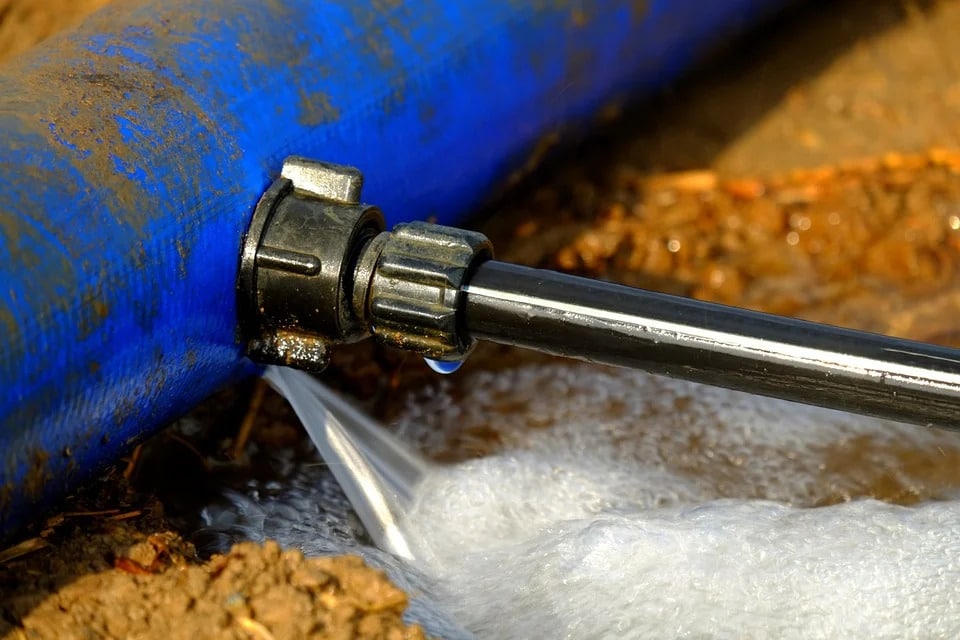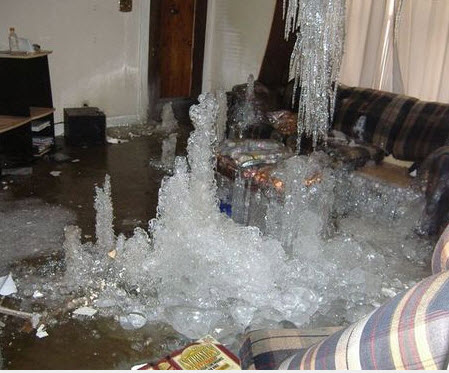Burst Pipes? No Panic! Just how to Detect and Fix Quickly
Burst Pipes? No Panic! Just how to Detect and Fix Quickly
Blog Article
We have discovered the article on What to Know Before Installing a Dishwasher listed below on the internet and accepted it made sense to relate it with you on this page.

A burst pipeline is a significant emergency; you can only stand as you see water you pay dearly to reunite with the planet. In worse situations, you see a pool on your kitchen area flooring, which is a fantastic journey risk, particularly if you have children around. If the pipe that ruptured was in your walls, problem: you may require to repaint that entire section.
Exactly how can a calamity like a burst pipe be protected against and handled? Well, by paying attention to your specialist emergency plumbings as well as adhering to these rules.
How do I know when my pipelines have ruptured?
Fluctuating water pressures
Pipes do not just burst in a day. You might have seen that your cooking area faucet or shower doesn't run right away when you transform the tap. It might stop briefly for a couple of seconds and after that blast you with even more pressure than normal.
In other instances, the water may seem normal at first, then decrease in stress after a couple of secs.
Damp walls and water stains
Before a pipe bursts, it will leak, many times. If this consistent dripping goes undetected, the leakage might finish right into a large tear in your pipeline. One very easy means to prevent this emergency is to keep an eye out for damp wall surfaces advertisement water discolorations. These water discolorations will certainly lead you right to the leakage.
Puddles under pipelines and also sinks
When a pipeline bursts, the outflow forms a puddle. It might show up that the pool is expanding in dimension, as well as regardless of the number of times you mop the puddle, in a few minutes, there's another one waiting to be cleaned. Often, you may not have the ability to map the pool to any type of noticeable pipes. This is a sign to call a professional plumber.
Untraceable dripping sounds
Pipeline ruptureds can occur in the most unpleasant places, like within concrete, inside wall surfaces, or under sinks. When your house goes quiet, you may be able to hear an aggravatingly relentless leaking noise. Even after you've examined your shower head as well as kitchen area faucet, the leaking may continue.
Beloved visitor, the leaking may be originating from a pipeline inside your walls. There isn't much you can do about that, other than inform an expert plumber.
Shut off the Water
When water ices up, it broadens in volume by concerning 9 percent. As well as it broadens with tremendous pressure: The stress inside pipes might go from 40 pounds per square inch to 40,000 psi! No pipe can hold that much stress, so it breaks open. The break may take place where the ice types, but regularly, it happens where water pressure locates a vulnerable point in the pipe. That might be inches and even feet from the frozen location. Find the water shutoff valve and also shut off the water to prevent even more damage. You could likewise need to shut down the electrical energy as well, relying on where the leaks takes place and just how huge it is.
Infected water
Lots of people assume a ruptured pipe is a one-way electrical outlet. Quite the contrary. As water spurts of the hole or laceration in your plumbing system, contaminants find their method.
Your water may be infected from the source, so if you can, examine if your water tank has any kind of problems. Nonetheless, if your drinking water is provided and cleansed by the city government, you must call your plumber immediately if you see or scent anything funny in your water.
What do I do when I identify a burst pipe?
Your water meter will remain to run even while your water wastes. To lessen your losses, find the primary controls and also turn the supply off. The water pipe are an above-ground framework beside your home.
How to Fix & Detect a Leaking Pipe
How Do I Know if a Pipe is Leaking?
Leak detection tests can help you determine if your pipe has a leak. Even if you don’t see an apparent leak, you should still conduct leak detection tests regularly to save water and money—and prevent major damage to your home.
Water meter. It can be helpful to figure out what your usual water meter usage numbers are and then monitor them regularly. To monitor your meter, first, turn off all water faucets in your home. Check the meter and write down the numbers. In a few hours, check the meter again. If the numbers have changed, you have a leak. Water gauge. Use a water gauge to test your water pressure. Your showerhead should produce a certain amount of water pressure based on its model and design. If the pressure is lower than it is supposed to be for that specific showerhead, your home likely has a leak. Puddles. Look inside your bathroom, laundry, and kitchen sink cabinets. Puddles around the cabinets or around toilets, tubs, showers, and washing machines indicate the presence of a leaking pipe. You may also notice loose tiles, peeling or flaking paint, or mold caused by water accumulation. Napkin test. Even if you don’t see any puddles, you may still have a leak. You can test for water leaks in the bathroom, laundry, and kitchen by wiping below-sink connections with a napkin, paper towel, or piece of toilet paper. If it becomes damp, you probably have a leaking pipe under the sink. Discolored walls. Walls that are discolored—usually with brown or yellow stains—or bulging might mean that they have been impacted by water damage caused by a leaking pipe. Smell. A leaky pipe will create sitting water, and over time, that water may develop a musty smell. If your home smells musty, but you can’t locate the source, it may be due to a leak. Steps for Fixing a Leaking Pipe
A leaky drain can be remedied by tightening the pipe base, replacing the drain seal, caulking the rim, and tightening the pipe nut. Similarly, a leaking toilet pipe can be treated by tightening the packing nut. You may also need to replace the valve. A leaky faucet may just need tightening or replacement of the washers. If that doesn’t work, consider replacing your faucet. If your pipe has a hole in it, you may want to use a pipe leak sealer or pipe leak tape. This quick fix for water pipe leaks can also temporarily fix a copper pipe leak. https://www.ahs.com/home-matters/quick-tips/how-to-tell-if-pipes-are-leaking/

As a devoted person who reads on What to Know Before Installing a Dishwasher, I imagined sharing that excerpt was important. Loved our posting? Please share it. Let another person discover it. Thanks a bunch for your time. Kindly visit our website back soon.
Book Your Installation
Report this page